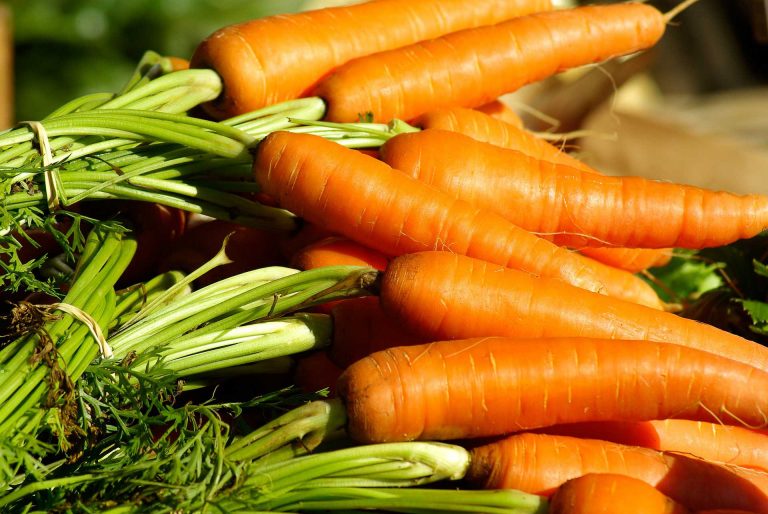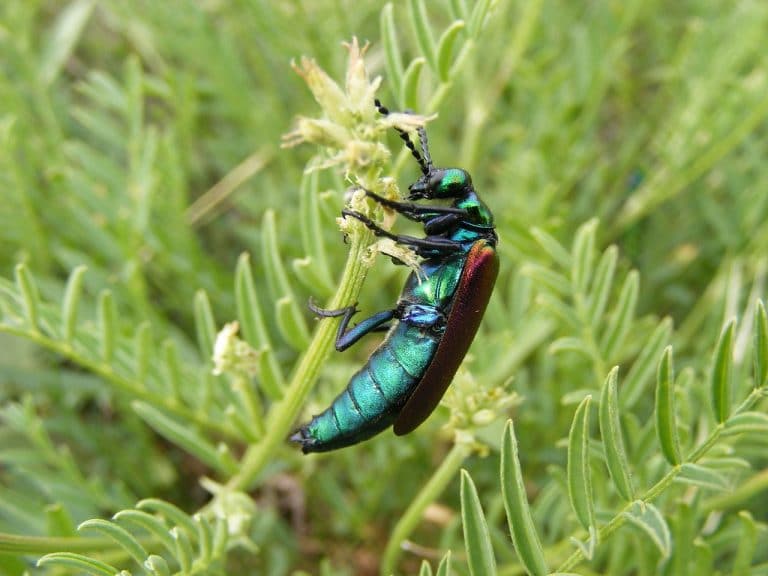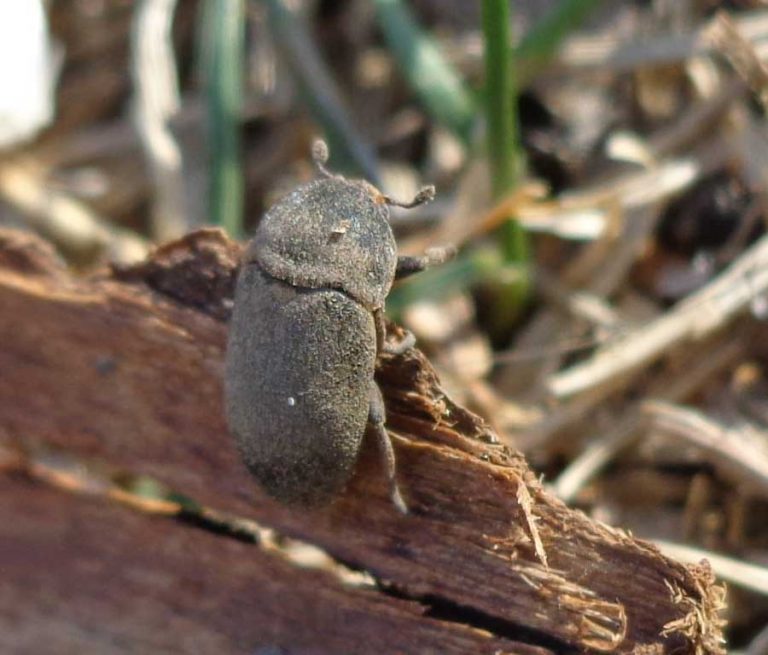Cedar
Scientific Classification
| Kingdom: | Plantae |
| Division: | Pinophyta |
| Class: | Pinopsida |
| Order: | Pinales |
| Family: | Pinaceae |
| Genus: | Cedrus |
Cedrus (Generally known as Cedar) is a species of coniferous tree. It is from the Pinaceae group of plants. Cedar trees are of various types, they all belong to the cypress group of plants. These cedars are big evergreen coniferous trees. On account of their big size, we don’t find them in gardens, they are in general found either in parks or as border trees along the streets. Still, they are good as a windbreak. In a spacious ground, they stand as a big tree, giving good enclosure during the winter. We find them in different regions in all sorts of climates, they have a fast growth.
Anatomy
Cedar trees grow to heights of 30 to 40 m (rarely 60m). The wood has a resinous-spicy perfume, the bark is square-cracked or having thick ridges, their branches are level and broad, and the shoots long and dimorphic. These shoots give the branches a good structure. The majority of the leaves, grow on the short shoots. The evergreen needle shaped leaves which are 8 to 60 mm long are oriented on the long shoots in a vacant spiral phyllotaxis, and densely packed in 15 to 45 leaves clustered together on the short shoots; their colors differ from brilliant grass-green to deep green and to intensely sea-green to light, blue-green. This again is based on the thickness of the wax coating on the leaves which shields it against aridity. The seed cones are in the shape of barrels, of length 6 to 12 cm and of width 3 to 8 cm. They are green in color and on maturity, they turn gray-brown, and just like Abies, they disintegrate in order to free the winged seeds. The length of the seeds is 10 to 15 mm, having the wings of length 20 to 30 mm, just as in Abies, The seeds contain 2 to 3 blisters of resin, which has a bad taste, perhaps to prevent squirrels from encroaching upon them. It will take a year for the cones to mature. They pollinate in autumn and the seeds mature at the same time the next year. The cones having the pollen are lean and of length 3 to 8 cm., they are produced in the summer and free pollen in Autumn.
Habitat
Cedars are found in the western Himalayas on mountain tops and also in the Mediterranean region, seen at heights of 1,500 to 3,200 m in the Himalaya regions and 1,000 to 2,200m in the Mediterranean regions. The cedars are accustomed to the mountainous climates; Cedars get protected in the Mediterranean regions, mainly from the snow and from the drought in summer, whereas in the western Himalayas they get rainfall in the monsoons.
Growing at Home
Soil for Planting
Cedars grow in different types of soil like loam or sandy soil; however, they prefer soil that is slightly acidic. The ideal soil is one which is properly drained and moist. Cedars grow in bright sun or partial shade.
Planting
In order to plant your cedar, choose a site and dig a deep and wide hole. Add sufficient quantity of peat moss or compost. After placing the plant in the hole, pack it with soil and ram the soil a bit.
Be careful of the roots; never allow them to get dry or tamper with them too much.
• Make the hole of diameter 6 to 8 inches, and place the plant carefully with the root facing down the hole and fill soil in it. Densely pack the soil round the roots. Never use a spike for this.
While planting, keep it to a minimum of 3 feet from the edge of the river or water bodies.
• While planting small cedars, space them at least 5 ft apart.
• Plant them in such a place where you intend them to grow into a big tree
• Never plant your cedar under a telephone line or under electric lines, or below overhanging roofs or adjacent to other trees.
• Never plant where there is drainage from the septic tank or where cables or pipes are buried.
• Cedars grow slow in shade, but they require sunlight for good growth.
• Avoid planting your cedar where there is flood for more than two repeated years.
Watering

Photo by: AnRo0002
Retain the moisture round the freshly planted tree for a minimum period of 1 month. During this time, water your cedar every two days, during the dry spells as and when required.
• In the process of planting, place the roots immersed in a bucket of water
Water properly while planting, during the initial few weeks, retain the water in the soil where you transplanted it; this enhances fresh growth.
Care
Weeds, ferns and grasses, besides snatching the precious moisture, which your seedling gets, and the sunlight and nutrients of your seedlings, harbor diseases and insects which harm the life of your cedar. As such, discard this vegetation surrounding the plant occasionally. While discarding them be careful not to tamper the young cedar seedlings, pluck them with hand.
Never use herbicides
• Feeding your cedar infrequently with liquid fertilizer (for the conifers) is fine, however, do it only if the soil is deprived of them. In case you need your Cedar to flourish, then monthly once give them fertilizer during the growing season, supplying them rich nitrogen fertilizer. Water your plants properly.
In order to reduce the weeds and to retain the moisture, mulch your cedar plant to a thickness of 2 to 3 in.
Pruning your plants once a year is mandatory. Pruning of shrubs is done towards the end of June and the beginning of July, prior to the plants generating fresh growth.
The pruning method goes like this: Begin with discarding the diseased branches. Following this, hack the branches that are growing up to the ‘green line’. This is where the green growth starts. Give the plant a shape from top to bottom. On every branch retain a minimum of 2 inches of green growth. If you desire to cut all the branches, then cut off them close to the center of the shrub. If you have creativity in you, it is possible to give the cedar any shape you desire.
Pest and Pesticides
These cedar shrubs are eaten by many animals, particularly in winter, when there is scarcity of food. Rabbits, deer and mice and several rodents are the common among them.
There is a possibility of insect related issues to occur, through bag worms and mice. Insecticides are used only when required.
The issues related to cedar trees are rare, even then many pesky insects are drawn towards them, and these are root weevil, moth, juniper scale and mites. The trees that are infested show signs through leaves turning yellow or brown, decrease in the quantity of sap, black or white cocoons, or sooty mold. If the infestation is grave, then use insecticide or horticultural oil.
Harvest Month and Storage
Varieties
- Cedar or Cedrus belongs to the group of coniferous trees of the Pinaceae family of plants.
- Lebanon Cedar or Cedrus Labani, is a type of cedar indigenous to western Syria, Lebanon and south central Turkey.
- Atlas cedar or Cedar Atlantica is a cedar indigenous to Morocco and Atlas Mountains of Algeria.
- Deodar Cedar or Cedrus Deodara, is a cedar indigenous to the western Himalayas.
- Cyprus Cedar or Cedrus Previfolia generally occurs in the classification of cedar of Lebanon. They are seen in the cedar valley islands in the mountains of Troodos.
- Siberian Pine or Pinus Sibirica is rarely mistaken for the Siberian Cedar.

Having discovered a fondness for insects while pursuing her degree in Biology, Randi Jones was quite bugged to know that people usually dismissed these little creatures as “creepy-crawlies”.







